How do you know what's happening in your world? Where do you get your news from?

News today is fast, visual, and social. We feel the pressure to keep up with what's going on in the world but may not know the best way to do this.

Being able to sort through the vast amount of information available to us is a skill we all have to develop.
Identifying misinformation and disinformation in social media is an important part of that skill.
What are Misinformation and Disinformation?
Did you know that half of Americans get their news from social media? And that misinformation and disinformation are most commonly spread through sharing on social media?

So what's the difference between misinformation and disinformation?
Disinformation is the "deliberate dissemination of false or inaccurate information in order to discredit a person or organization."
Misinformation is the "sharing of inaccurate and misleading information in an unintentional way."
Both are problematic and involve the act of spreading fake news.
 Photo by Jorge Franganillo on Unsplash
Photo by Jorge Franganillo on UnsplashPicture this:
Jalen is passionate about climate activism. He sees a link to a news story that details how an oil company is destroying the habitat of whales in the Sea of Japan. He finds the story appalling and shares it on his social media feeds. Later he realizes that the story contains inaccurate information and does not come from a reliable news source.
Quiz
Is the above scenario an example of misinformation or disinformation?
Misinformation and Disinformation Spread through Social Media
Many people today often feel that sharing news on social media is an important way to make their voices about political issues heard.
Unfortunately, social media feeds and algorithms work in powerful ways to control the information and news we receive and share.
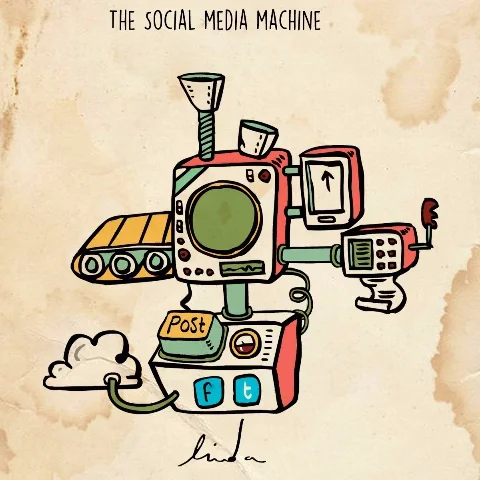
Misinformation and disinformation are spread by:
Continuous Sharing
People continuously share information because it's so easy to do. The more something is shared, the more people see it.
Recommendation Engines
Personalized recommendations on search engines and social media platforms work to target certain types of information based on past preferences and search history.
Engagement Metrics
Engagement metrics are used in social media feeds based on how much something is liked or shared not on quality or accuracy.
Artificial Intelligence
AI can create fake news that targets a specific audience and test it immediately to see if it is effective.
Hackers
Hackers can post fake news on real media news sites making them seem like they are from reliable sources.
Trolls
Trolls work to post emotional and upsetting content, including posting fake news in the comments section of reliable news sources as well as social media posts.
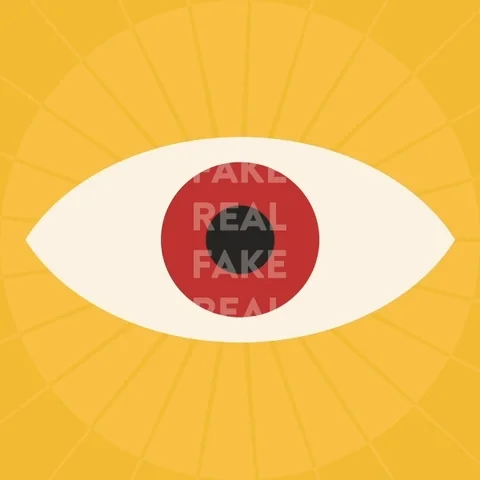
Understanding Cognitive Bias
You may feel that you have a good sense of how to be a critical consumer of media and check your sources, but it’s important to understand how powerfully our cognitive biases shape what media we view and share.
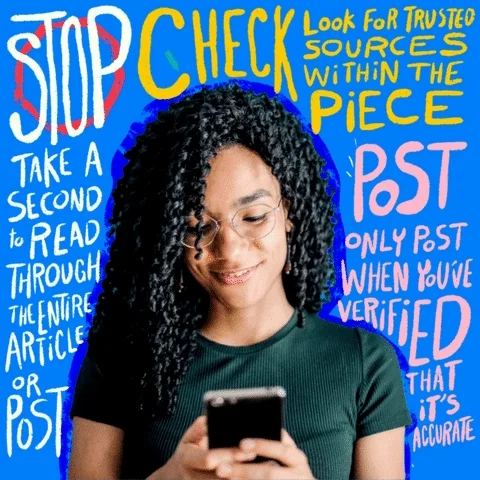
Cognitive bias is the tendency to prefer information from people we know and trust. It also refers to our tendency to seek out and recall information that reinforces what we already believe to be true.

With so much information out there, we tend to use our cognitive biases to determine what news we pay attention to since we only have limited time and energy to do so.

We focus on and search for information that confirms our understanding of topics and what we believe to be true. That's also what we tend to share.
Filter Bubbles
We find ourselves in filter bubbles.

A filter bubble is "a phenomenon in which a person is exposed to ideas, people, facts, or news that adhere to or are consistent with a particular political or social ideology."
Recommendation engines and social media feeds are largely responsible for feeding us information that is similar in content to what we have already consumed creating filter bubbles.
Hackers and bots further manipulate what we see by sending disinformation our way that mimics what it thinks we're used to seeing. The fact that we follow like-minded people on our social media feeds adds to the problem.
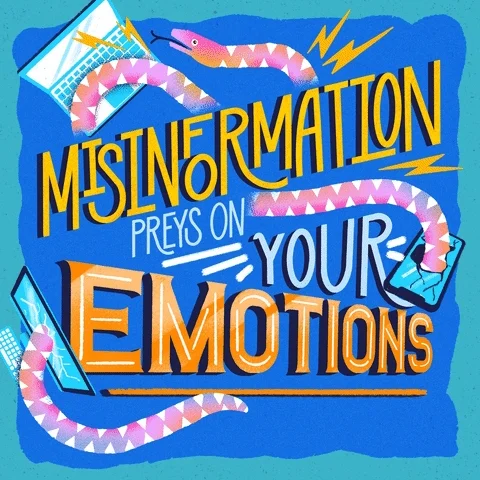
Even though we may want to share quality information that has been analyzed for its credibility, the ease at which we can share and like information contributes to the spread of misinformation and disinformation.
2 Steps to Identify Misinformation and Disinformation
Do you feel like maybe you could do a better job at identifying misinformation and disinformation on social media?

Pause before you share any news you find on social media and ask yourself:

Is the source of this news legitimate?
Does the content match the headline?
Are reliable sources cited in the article?
Still not sure about whether the news is disinformation? Then maybe it's best NOT to share it.
Use a site like factchecker.org or politifact.com to verify the validity of the news.
Breaking the Cycle of Misinformation and Disinformation

Develop a critical mindset for all media that comes your way using the steps above.
Recognize your cognitive biases. Consider how people with different experiences and viewpoints might feel about the news you read and share.
Seek out information from reliable sources with different viewpoints than your own.
Take Action
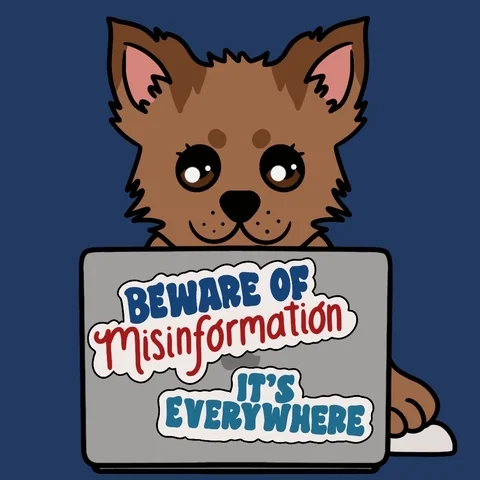
Your feedback matters to us.
This Byte helped me better understand the topic.
